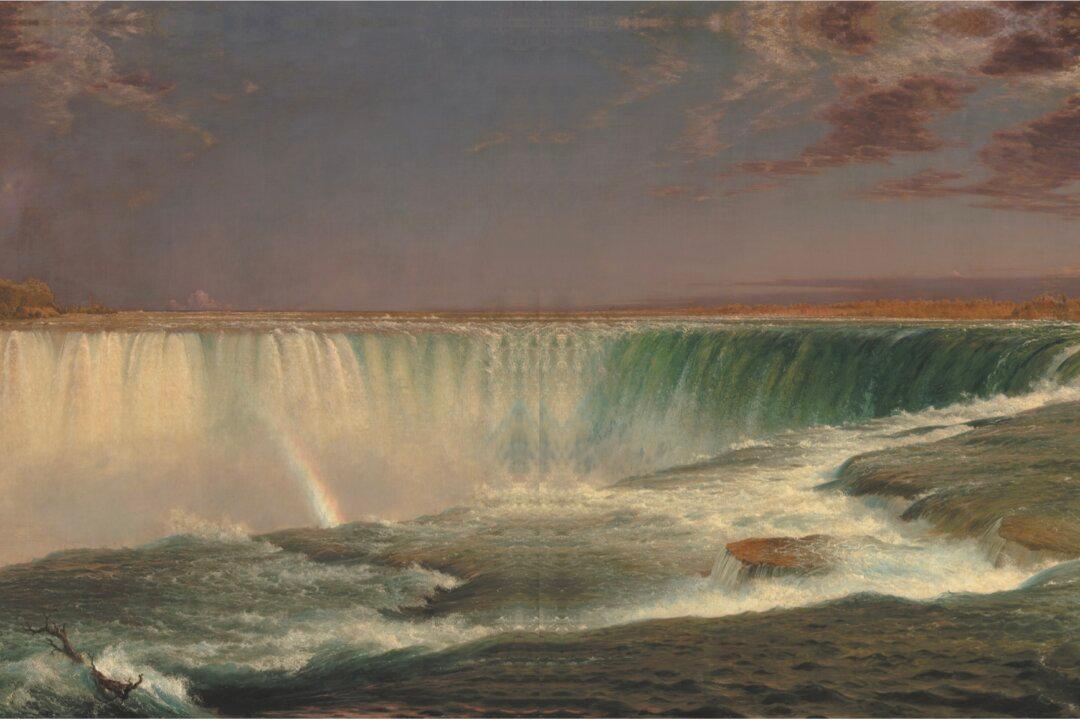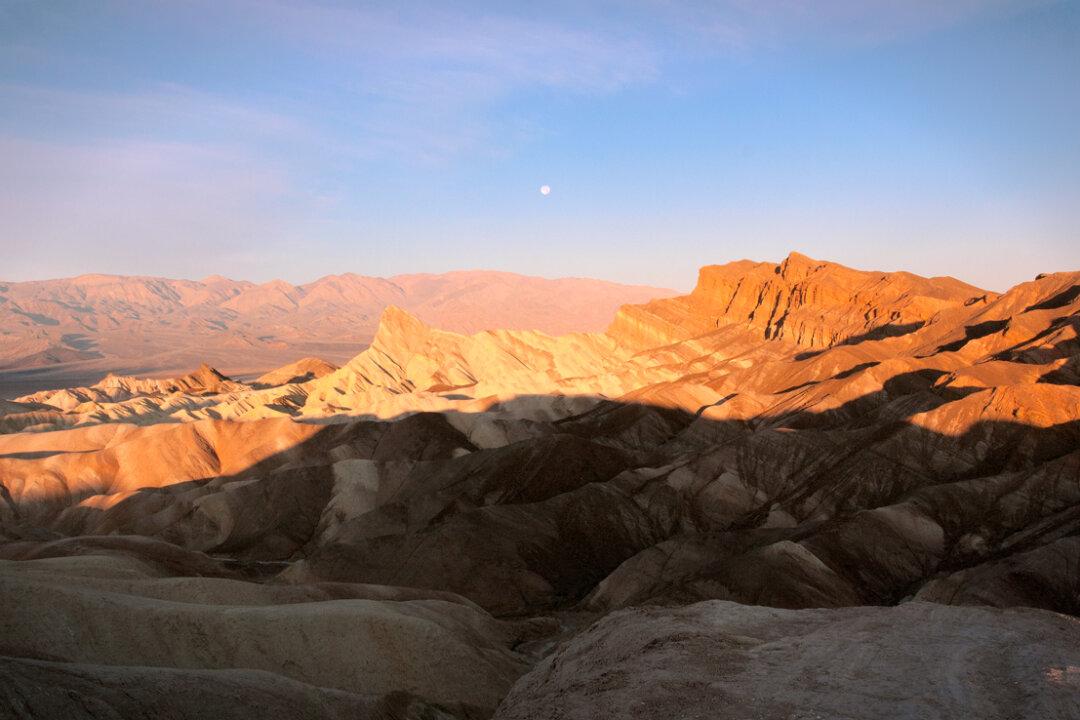“Their roar is around me. I am on the brink of the great waters—and their anthem voice goes up amid the rainbow and the mist.” —Excerpt from “Niagara,” Grenville Mellen, 1839
In the 19th century, realistically painted works of the Romantic period offered viewers in America, and across the Atlantic, the chance to glimpse the grandiosity of some of North America’s mightiest natural landmarks. Master painters such as Frederic Edwin Church chose spectacular sites such as Niagara Falls to depict the essential divinity inherent in the natural world.





